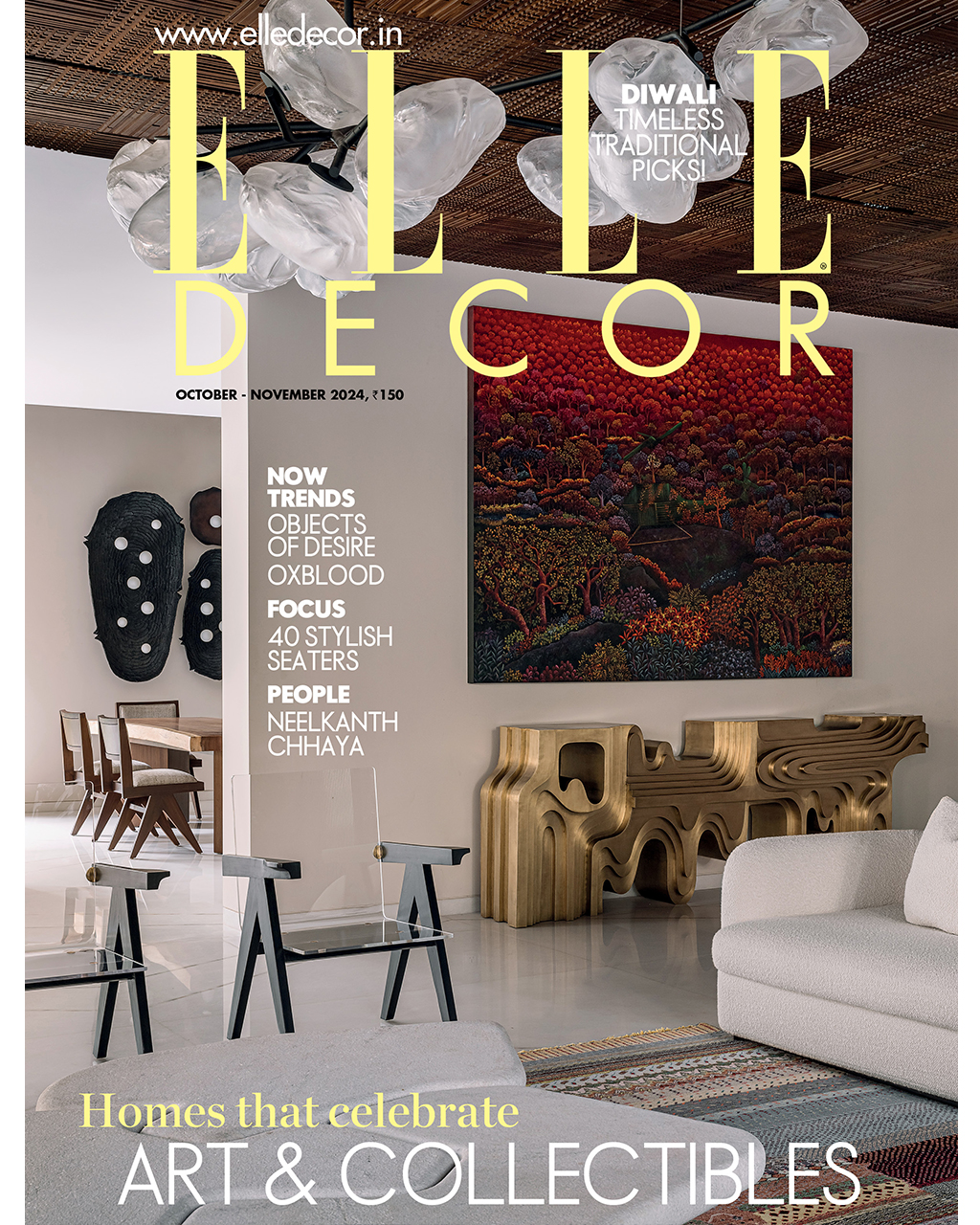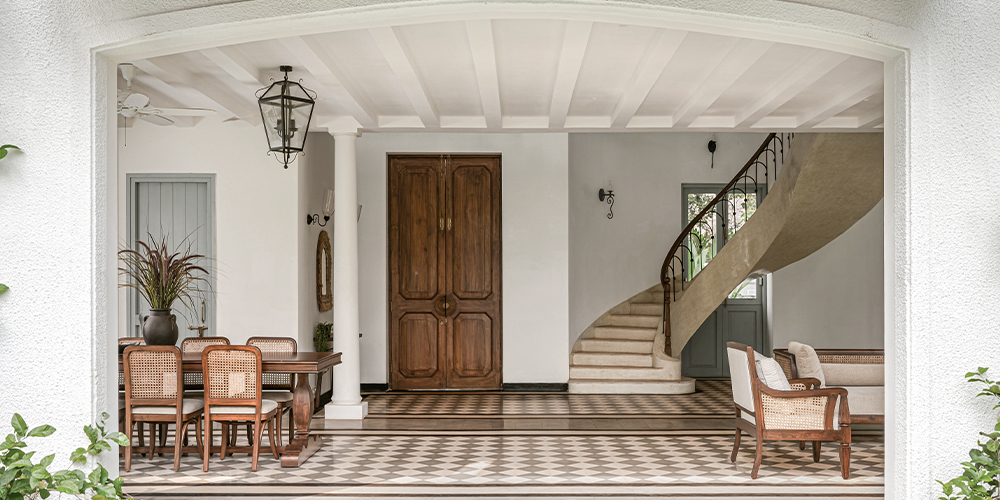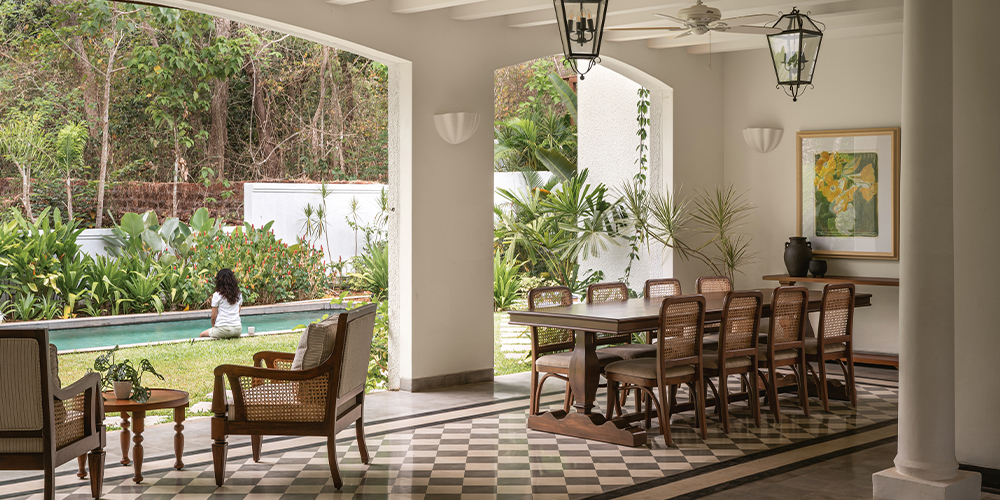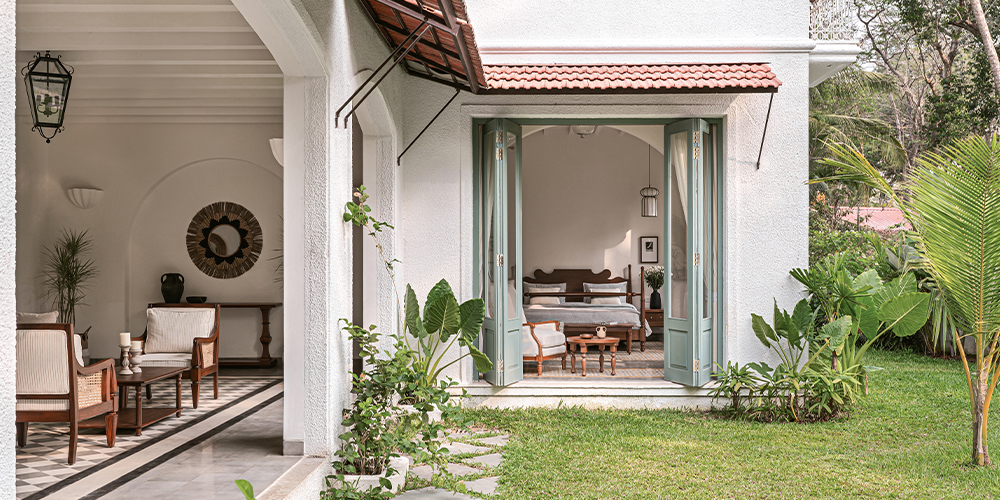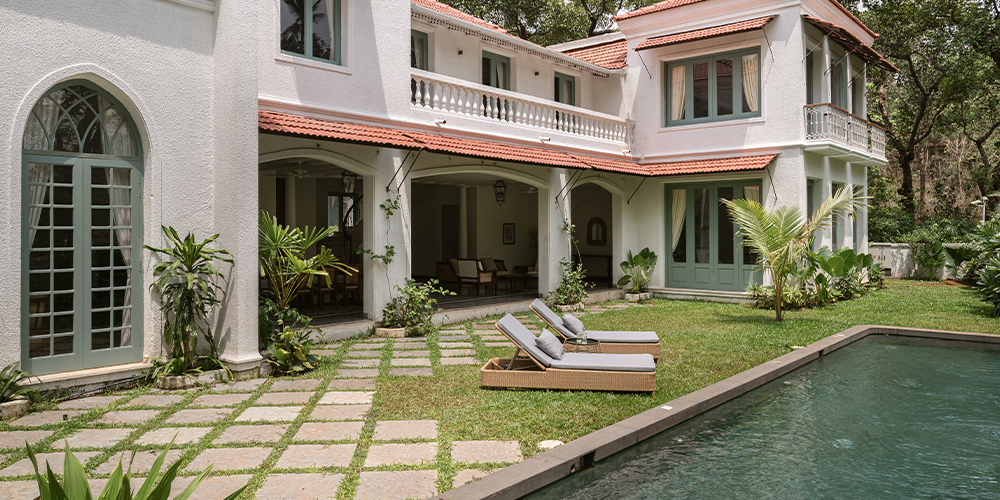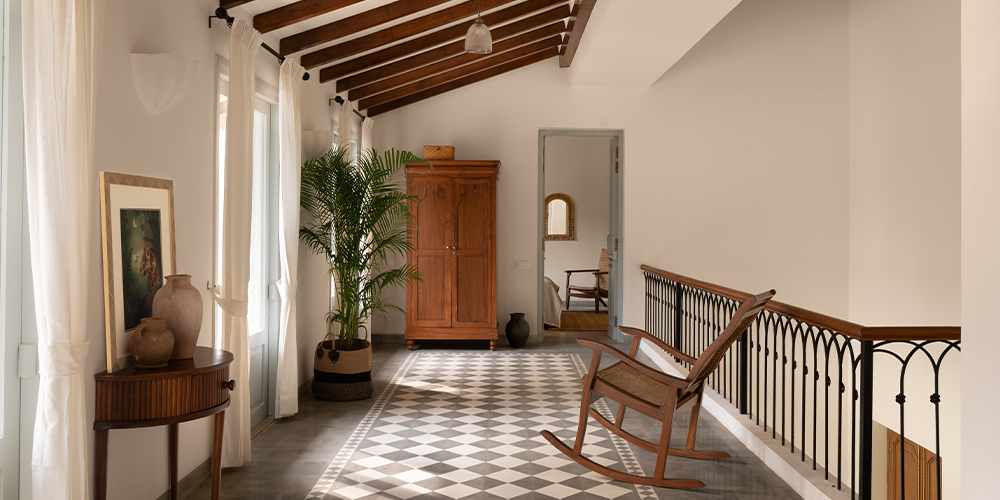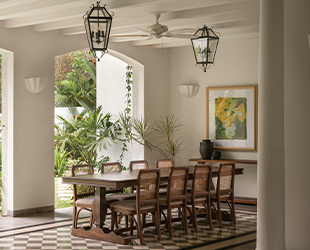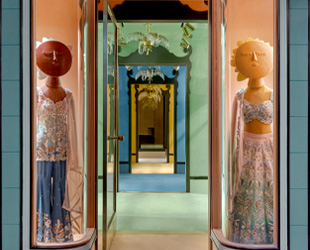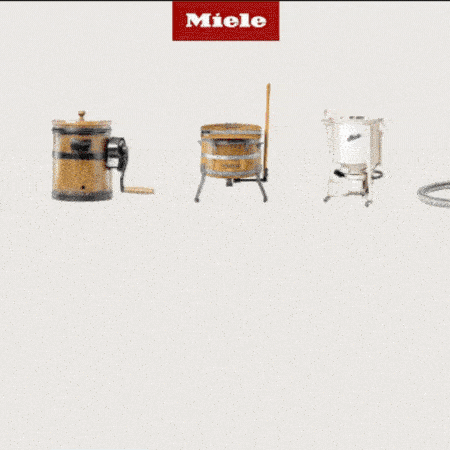Homes
Vianaar and Amoeba Design give Indo-Portuguese architecture a nouveau spin through this villa in Goa
NOV 8, 2024 | By Namrata Dewanjee
Goa wears its heart on its sleeves and its colours on its facade. Such is its storied presence that the landscape exists in both matter and mind, for wide-eyed tourists and seasoned residents alike.
“However, as a designer, it is important to catch the essence of the place and not just imitate it,” say Pashmin Shah and Satyajeet Patwardhan of Amoeba Design who were tasked to design a villa in Siolim alongside Vianaar. It’s located in a setting that looks straight out of a postcard with coconut trees, verdure and an air of nostalgia.
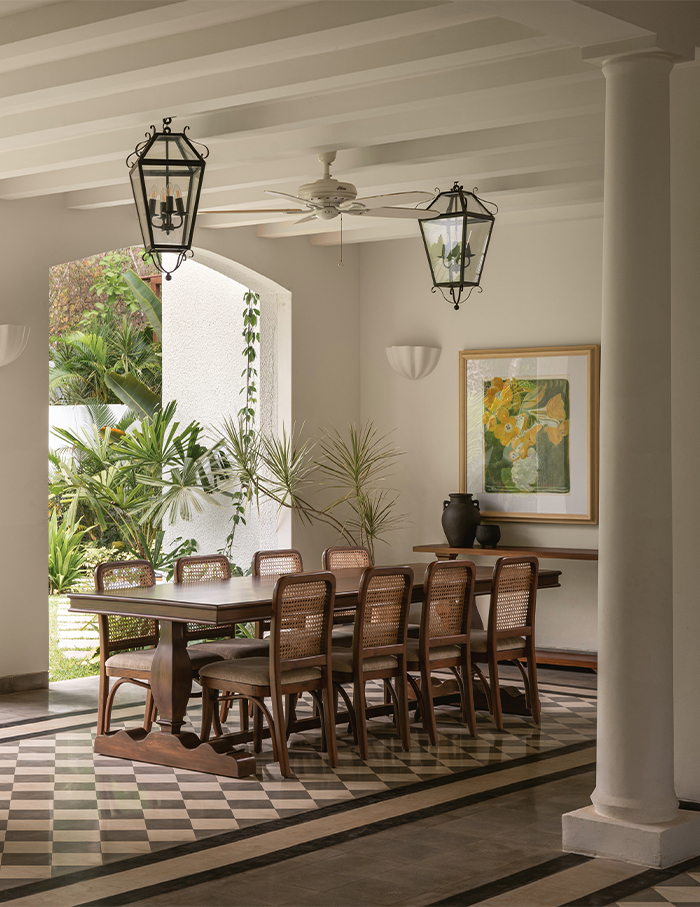
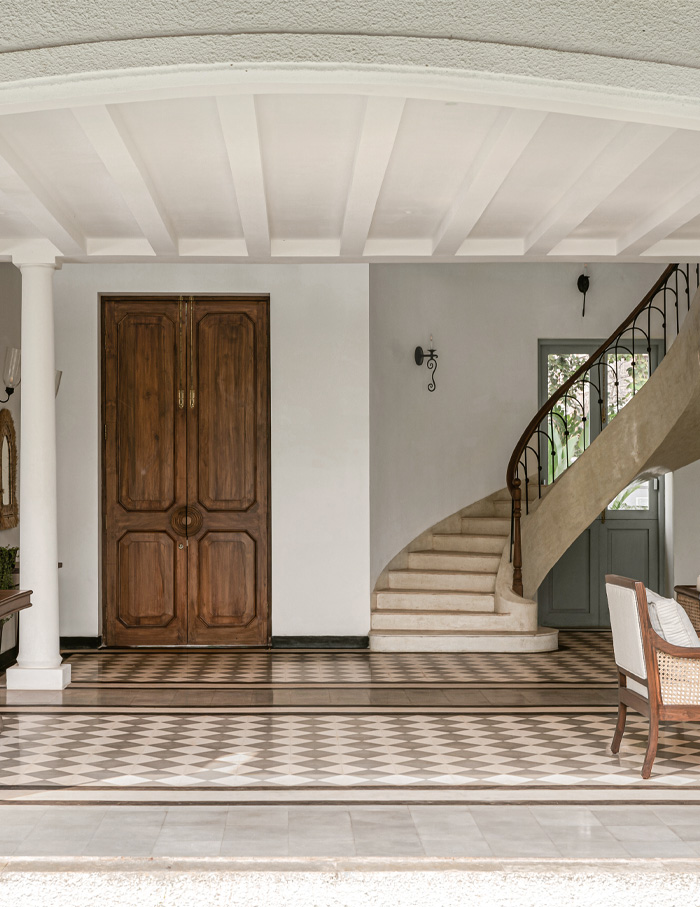
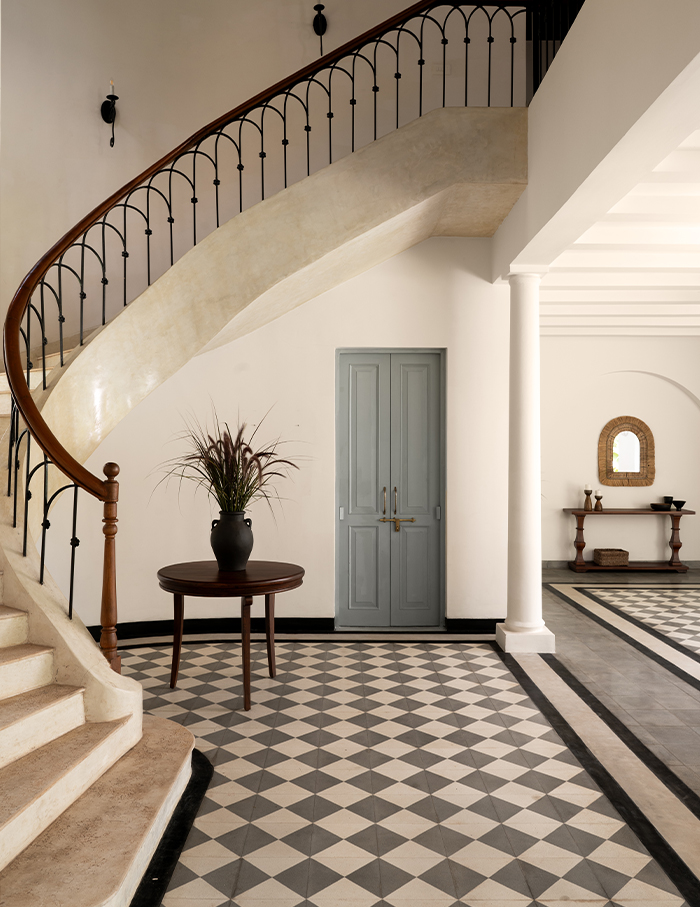
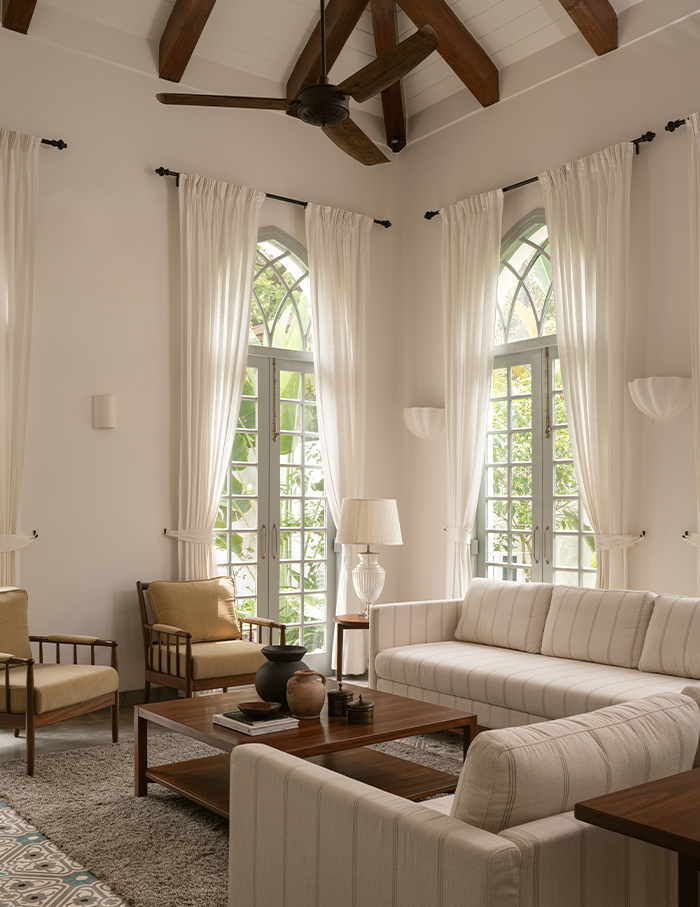
Off the Konkan coast
Villa Lluvia, as the name suggests, does not shy away from its roots in Indo-Portuguese architecture. Reflecting the architecture of its idyllic townscape, the 3,600 sq ft residence reinterprets traditional elements while still retaining their character. “Each space is crafted with intention, ensuring it feels both inviting and connected to the natural surroundings,” adds Varun Nagpal, the Founder of Vianaar.
While crafting the architecture, Viannar planned for the longevity of the structure while paying homage to the traditions through short balconies and covered verandahs. On the ground floor of this home are living and dining areas connected by a semi-open verandah, bedrooms and a pool.
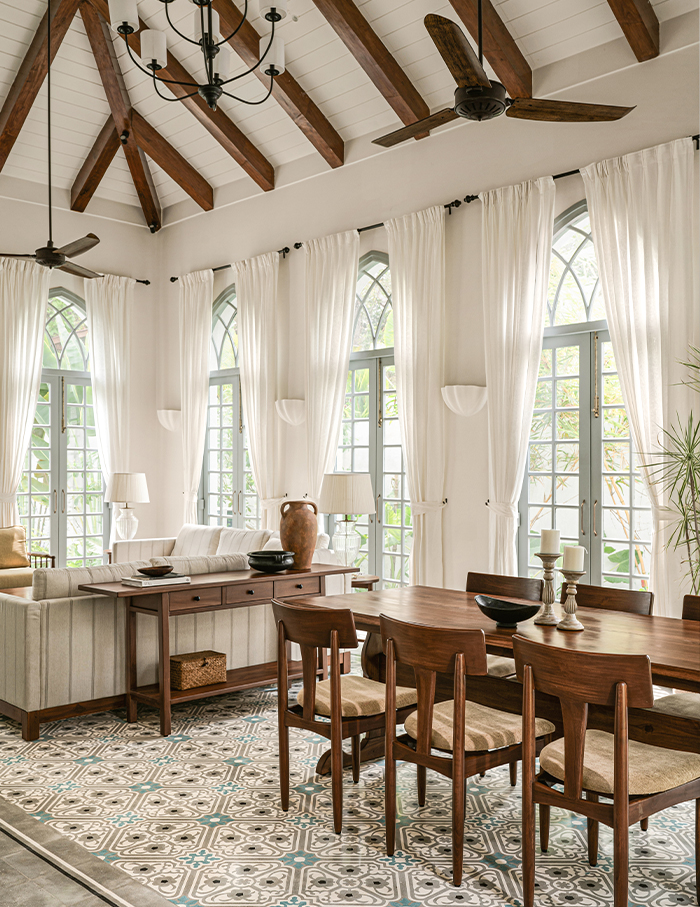
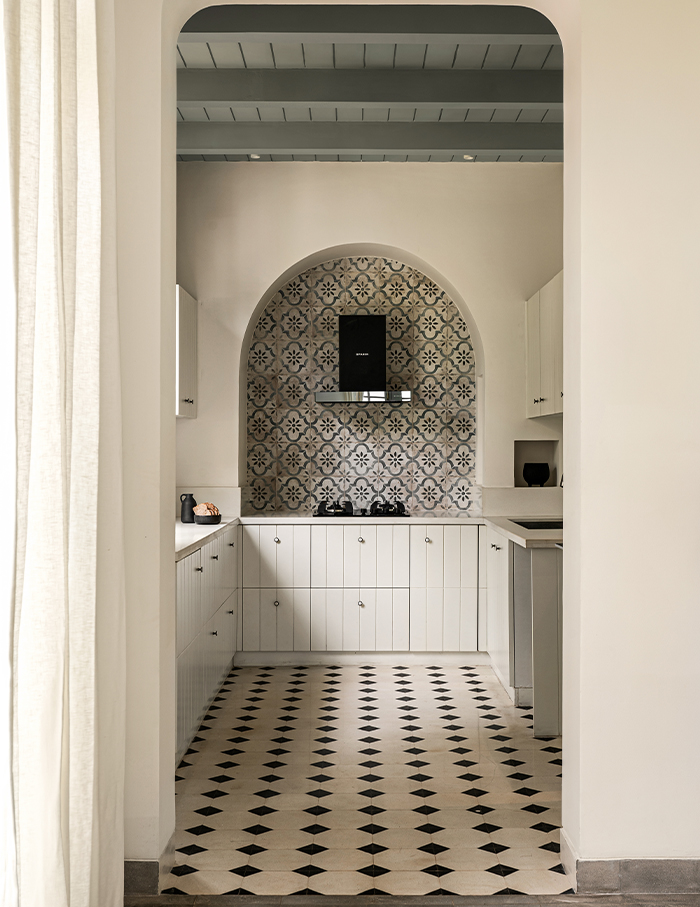

When in Goa
Despite being an ode to heritage, the villa, built from the ground up, is forward-thinking in its approach. Materials like fly ash bricks and autoclaved aerated concrete are both a sustainable alternative and better suited to the humid climate.
Vianaar, being based in Goa themselves, claims the verandah at the entrance as their favourite space. With an abundance of balcãos in the neighbourhood, its influence finds a place in what they describe as the “heart of the home.” For the uninitiated, the balcão is a front porch to a typical Goan residence and in many ways, where conversations and life itself transpire. “We designed it specifically to be a space that can be enjoyed year-round, whether in the refreshing monsoon rains or during the summer months,” says Varun, illustrating how the much-raved Susegad spirit finds its way into the villa.
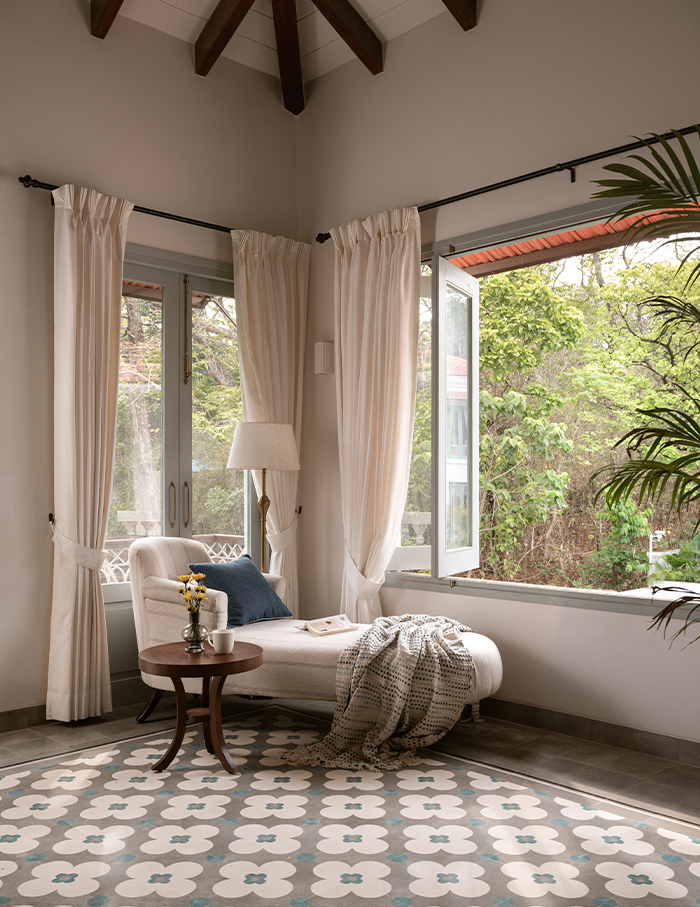
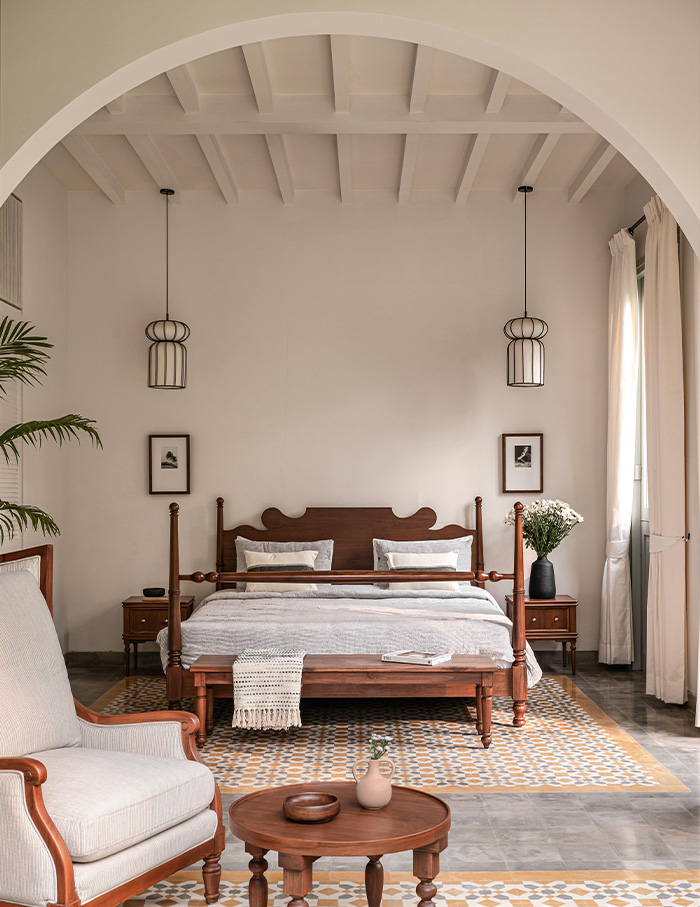
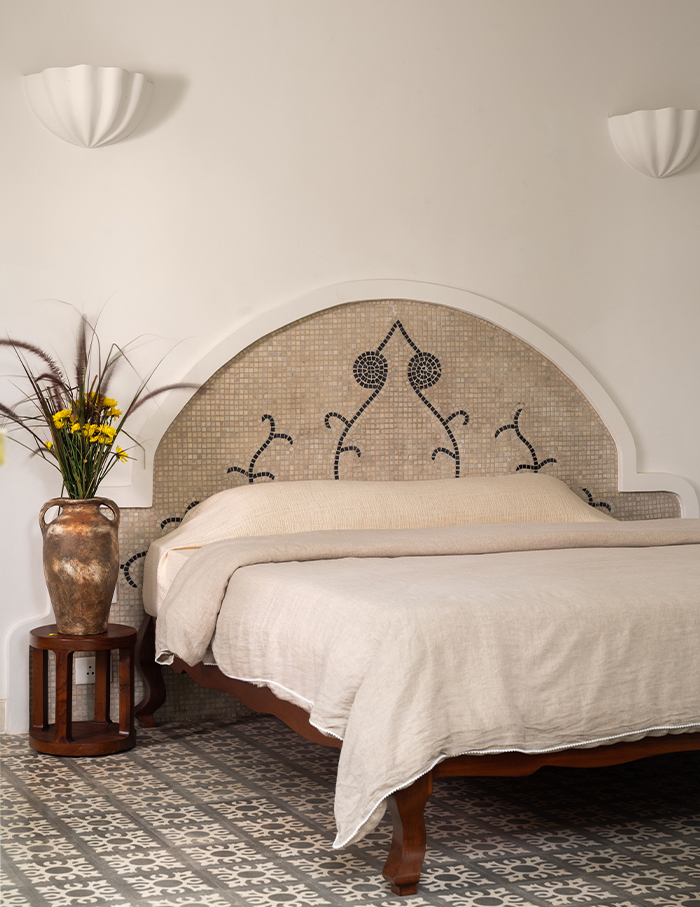
Polaroids from the past and present
“At Amoeba, our quest has always been finding the truth of the land we design for,” state Pashmin and Satyajeet. With traditional elements like cement tiles, blue fenestration and wooden rafters, the home undeniably plays on memories of the Goan countryside. To bind the fluid relationship between the context and the interior condition, the designers use arches along with a dramatic spiral staircase — elements that trace traditional Indo-Portuguese architecture but are indelibly contemporary in expression.
“Our designs don’t dwell in the past neither they discard it. We strongly believe that every design is a link between who we are and where we come from,” muse Pashmin and Satyajeet. In a place like Goa, identity is a multifaceted idea. The next turn might lead you to the beach or a buzzing new bar or a lesson in history. Goa, much like the villa itself, does not dwell in the past but does not discard it either. The interface between the old and the new exists in a spirit of acceptance, abundance and in synergy with its people and its surroundings.
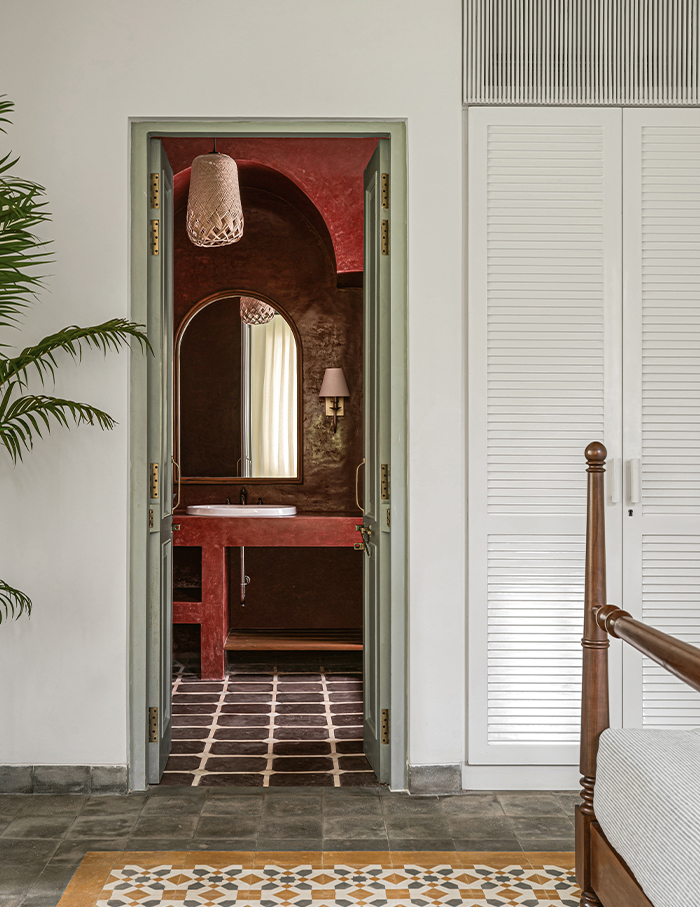
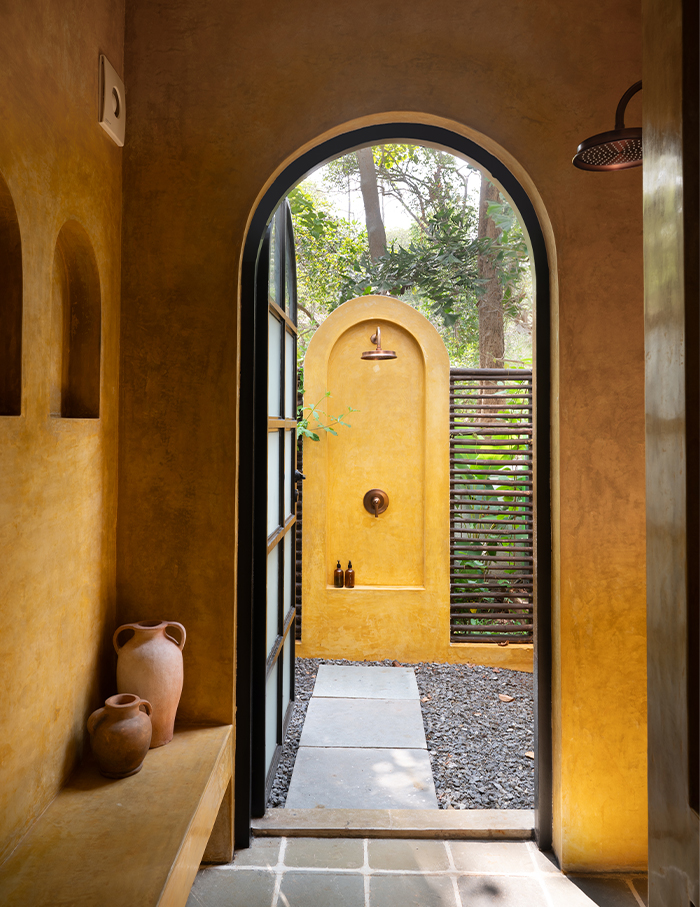
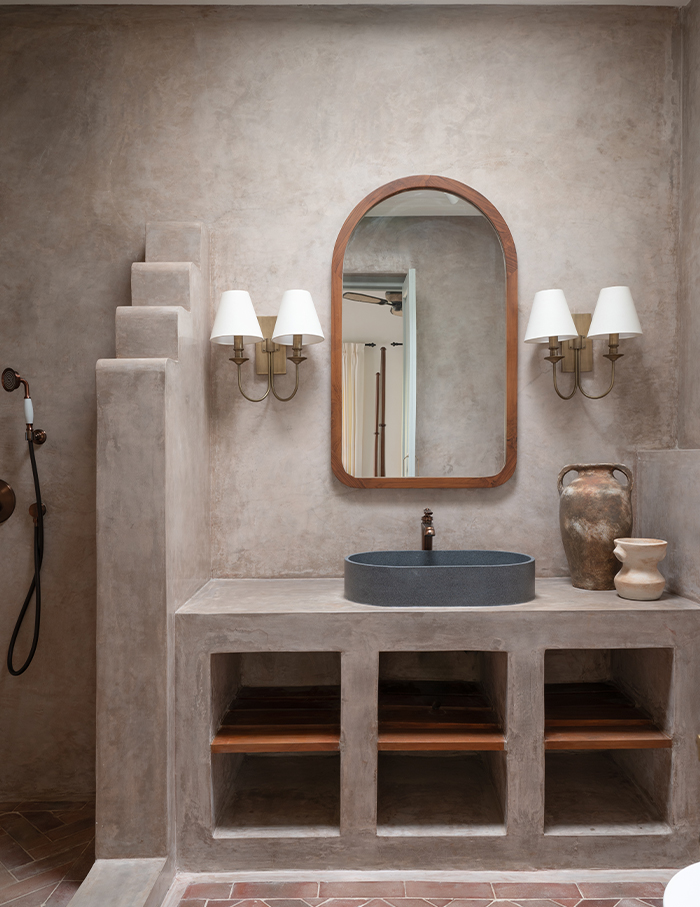
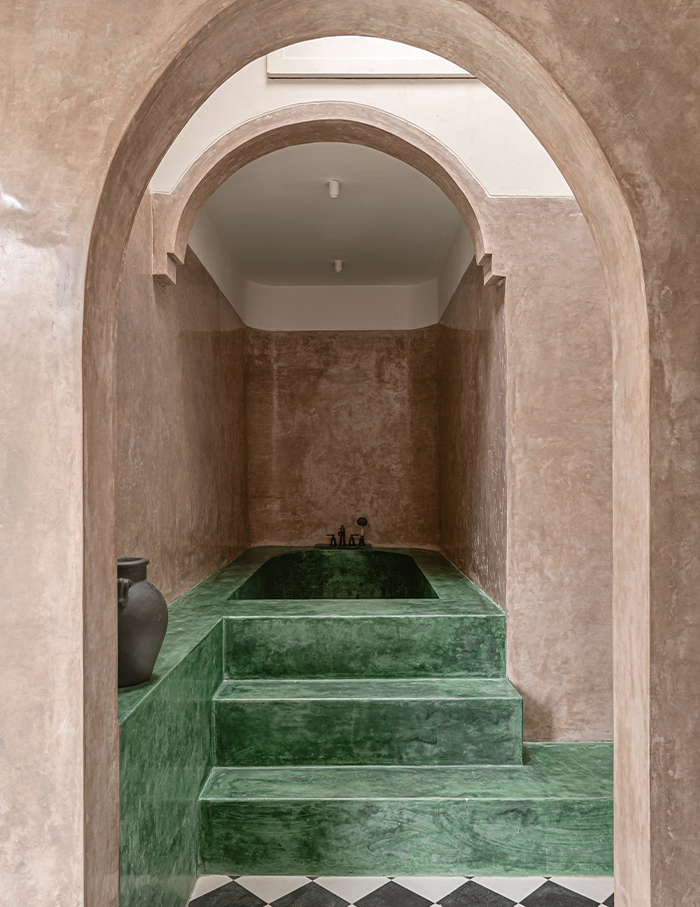
Goa has more to offer than its Indo-Portuguese architecture! Read now: I crossed off two of my travel firsts in this bijou boutique hotel in South Goa designed by Stapati


